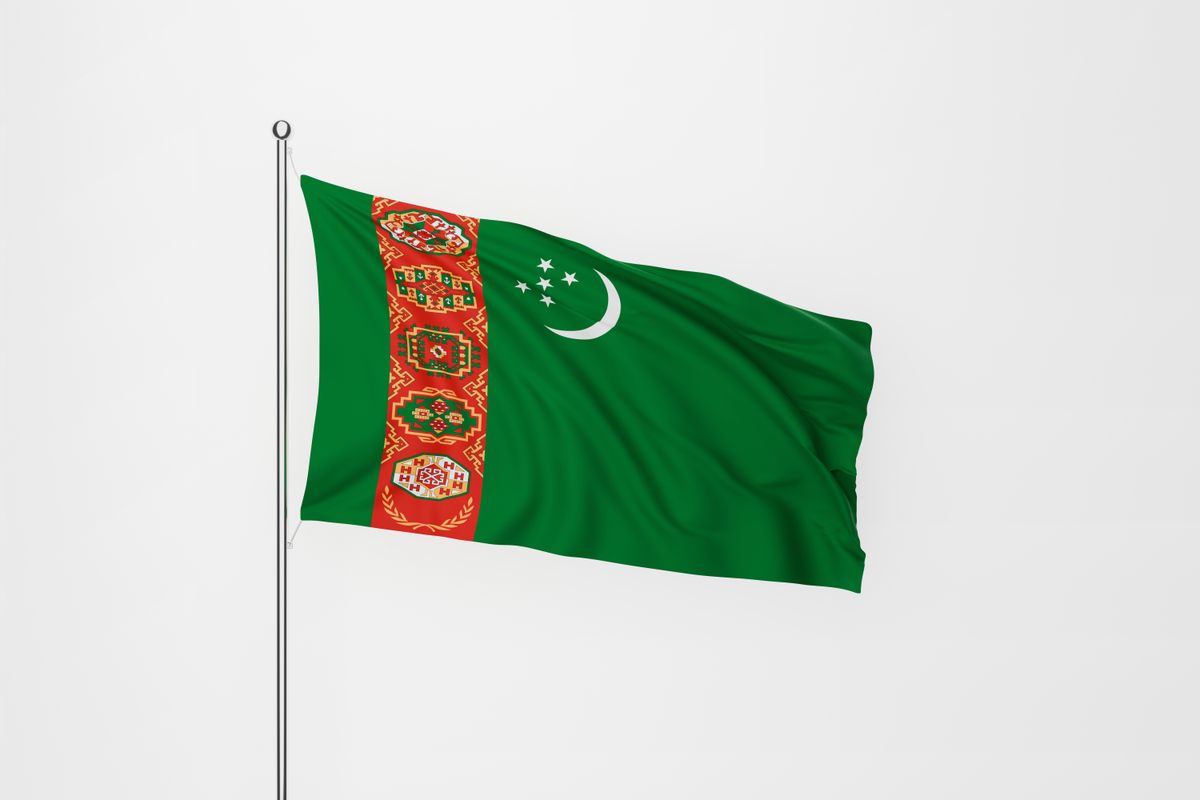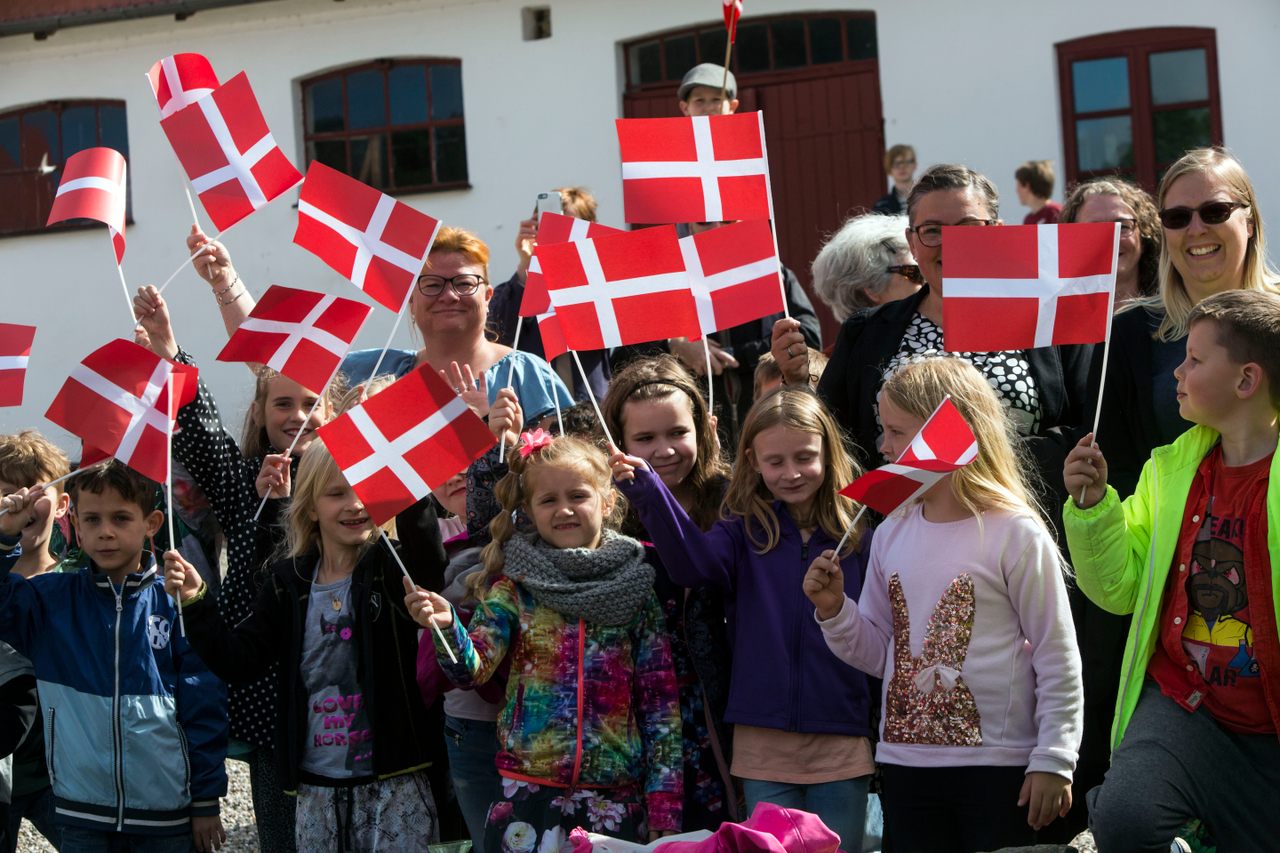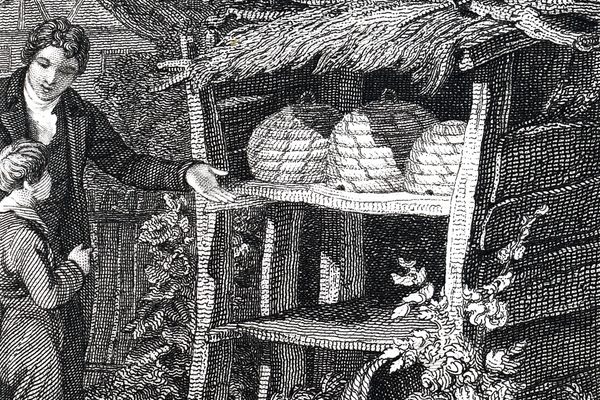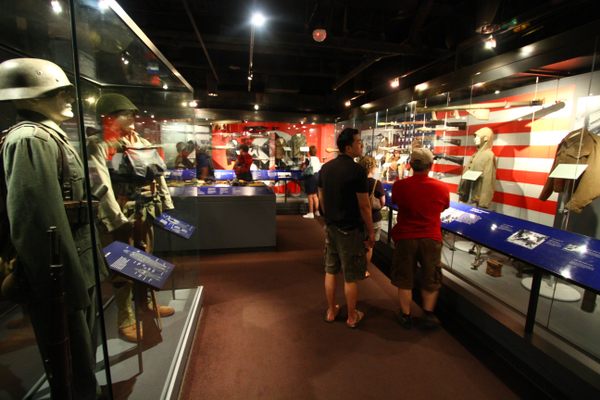5 Weird Tales from the World of Vexillology
That is to say, flags.
Flags are one of those things most people don’t think much about—except, of course, for vexillologists, who study flag design—but maybe they should. Flags tell fascinating stories. From the Atlas Obscura archives: the weird tales behind some of the world’s most unusual and ugly, protected, and reviled national symbols. Plus a few tips for designing your own.
Around the World in Things You Can’t Do to Flags
by Dan Nosowitz
You might be able to tell where in the world you are by what happens if you set a flag ablaze. How countries treat the destruction of their national symbols varies greatly. The United States has strong protections for flag burning, which makes it rather unusual. Most other nations, including many generally perceived as progressive and permissive, have some kind of flag-desecration laws on their books. These laws are, often, a fascinating blend of the seemingly arbitrary and the desire to suppress legitimate protest.

What Makes a Great Flag?
by Eric Grundhauser
Among vexillologists—those who specialize in studying the design, meaning, and effectiveness of flags—there are a few cardinal rules about flag design that distinguish clear winners from those left twisting in the wind. The guide Good Flag, Bad Flag outlines the tenets of effective flag design: simplicity, meaningful symbolism, no more than three colors, no lettering or seals, and a unique overall design. How does your flag fare?
What Should You Do With a Captured Nazi Flag?
by Reina Gattuso
Nazi flags—sometimes signed by the Allied soldiers that captured them—are a surprisingly common memento of the WWII era, according to Robert Citino, executive director of the Institute for the Study of War and Democracy at the National World War II Museum in New Orleans. “What it shows is the pride they took in their service and the pride they took in bringing down Hitler,” he says. Now, as the last of the war’s veterans pass away, family members and historians must decide what should become of these flags.

Decoding the Unusual Shape of the Nepali Flag
by Dan Nosowitz
A very strange thing about national flags is how similar they are. More than 75 percent of all national flags include the color red, and more than 72 percent include the color white. A whopping 30 national flags have the red, white, and blue color combination. Stripes, stars, and crosses are exceedingly common. There are no rules, no international governing bodies, that tell a country what a flag can and cannot be, and yet all flags save one are rectangles. That one outlier is Nepal.
The Museum That Keeps Now-Obscure Confederate Flags
by Sarah Laskow
The American Civil War Museum in Richmond, Virginia, is home to more than 800 flags that symbolize the Confederate States of America. Some are reproductions and post-war flags, but the majority date to the mid-19th century and many of those were captured by soldiers of the United States Army. “These things are part of the fabric of history,” says Cathy Wright, a curator at the museum. “Museums seem to be the safe place to explore these, and that is in fact where they belong.”




















Follow us on Twitter to get the latest on the world's hidden wonders.
Like us on Facebook to get the latest on the world's hidden wonders.
Follow us on Twitter Like us on Facebook